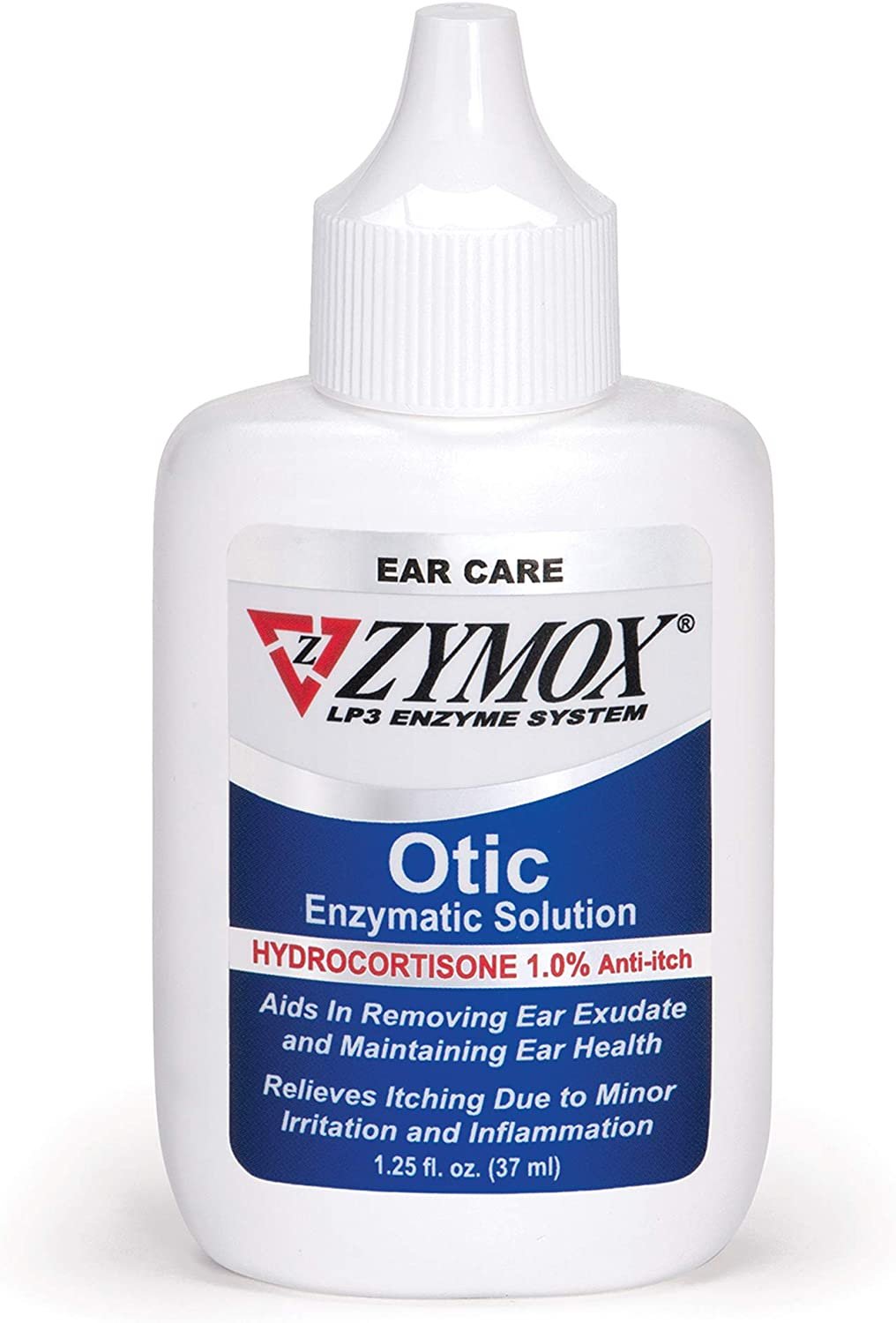Ear Infection
Prevention
Regular grooming, ear cleaning, and ear maintenance are important parts of pet care. Cleaning your Labradoodle’s ears greatly reduces the risk of ear infection. Ear cleaning, like nail trimming and tooth brushing, needs to be a regular part of your dog grooming habits. It is important for every Labradoodle owner to know how to properly clean their dog’s ears.
Keep them Dry.
Keep the ears as dry as possible after walks baths or swimming. Also consider shaving the lower section of the ear and trim the ear hair all the way to the bottom of the ear leather, as this may assist with airflow and reduce moisture build-up. There are mixed opinions regarding the pulling out of the wool in the ears. Some vets suggest leaving the wool as it is a first defense against foreign invaders entering the ear canal.
Keep them Clean.
Cleaning is best accomplished with a professional dog ear cleaning product. These typically have been specifically formulated for effective pH ranges for dogs and contain drying agents. There are a number of ear powders on the market. A few we have used and recommend.
To clean your dog’s ears, you need clean cotton pads and a gentle, dog-safe ear-cleaning solution. Use the solution and cotton pad to gently swab your dog’s ear canal and remove any wax. Make sure their ear is thoroughly dry once finished.
Treatment
If you suspect that your Labradoodle is suffering from an ear infection, the first step is to consult your veterinarian. They will be able to examine the symptoms to ensure this is the true problem. When performing your dog’s exam, your vet will do a handful of tests and suggest appropriate treatment options for your Labradoodle’s ear infection. Once your vet has identified the ear infection, they will usually clean your dog’s ear and prescribe antibiotics or a topical medication.
If caught early and treated effectively, a Labradoodle ear infection tends to be fairly low-risk and low-cost to treat. On the other hand, if left unchecked, it can turn into a far more critical issue and potentially cause your dog to permanently lose their hearing. Additionally, if you don’t take proper preventative measures, ear infections tend to happen frequently.
Recommended Products
Soothes ear infections, redness and inflammation for pets of all ages
Gentle, no-sting formula helps ease painful ear infections caused by germs, fungi and yeast
Solution provides a safe, natural alternative to oral medication with 1% Hydrocortisone for itch relief
No pre-cleaning of painful ears required - fill ear canal and let powerful solution get to work
Patented LP3 Enzyme System helps clear ear secretions and promotes healthy ears
this is something we always have on hand here.
Terrific Ear Powder (TEP) is an Iodoform based powder that kills anaerobic bacteria and fungi which flourish in warm, moist, airless places. The zinc oxide and boric acid help keep the ears dry. Used once monthly, no more stinky ears!
TEP is also effective in killing ear mites.
Advanced Formulation Designed to Gently Clean, Deodorize and Dry Your Pets Ears
Gentle and Safe for Regular Use which Prevents Ear Infections, Reduces Wax Build Up and Removes Debris in and Around the Ear
100 Convenient, Alcohol Free, Soothing and Non-Irritating Disposable Ear Wipes for Dogs. For Dogs Over 12 Weeks Old
Reduce Foul Ear Odor and Prevents Infection to Keeps Your Dog Happy and Healthy without Medication
Infection of the external ear canal is one of the most common types of infections seen in dogs. Labradoodles have floppy ears and some have varying amounts of hair growing inside the ear canal. This can trap wax and moisture and make it more likely to develop an infection. Ear Infections are painful for your dog and it can be both frustrating and expensive, for you, as an owner when a puppy experiences recurrent ear infections.
Symptoms
In case of ear infection or otitis, you will mostly notice that your Labradoodle shakes their head or scratches their ears. The ear will become red and inflamed with an offensive odor and perhaps a black or yellowish discharge. If your pet tilts his head constantly it could be a sign of a middle ear infection. Two types are most often seen: otitis externa, infection of the external ear canal, and otitis media, infection of the middle ear.
Causes
Bacteria or yeast are most often the culprits of otitis externa. Other causes include an accumulation of wax, thick or matted hair in the ear canal, debris, over cleaning, plucking, a foreign body, a tumor or impaired drainage of the ear. Sometimes, infections of the external ear canal are a secondary result of some other bodily infection or ear mite infestation.
Otitis media usually results from the spread of infection from the external ear canal to the middle ear. Also, foreign bodies, debris, ulceration or improper ear cleaning can rupture the eardrum and allow infection to reach the middle ear.





